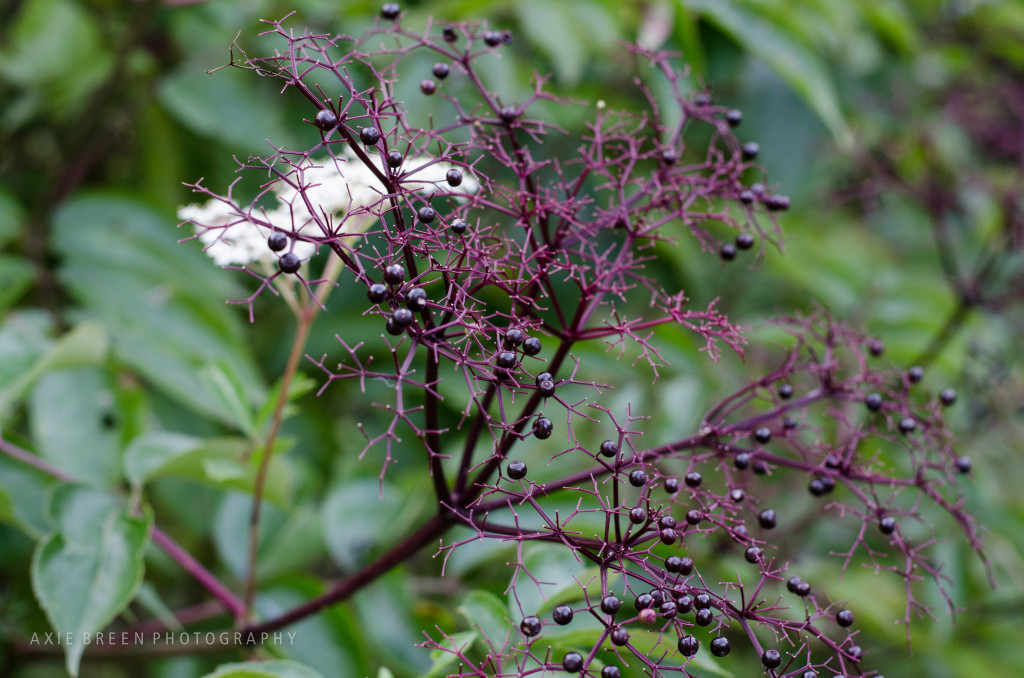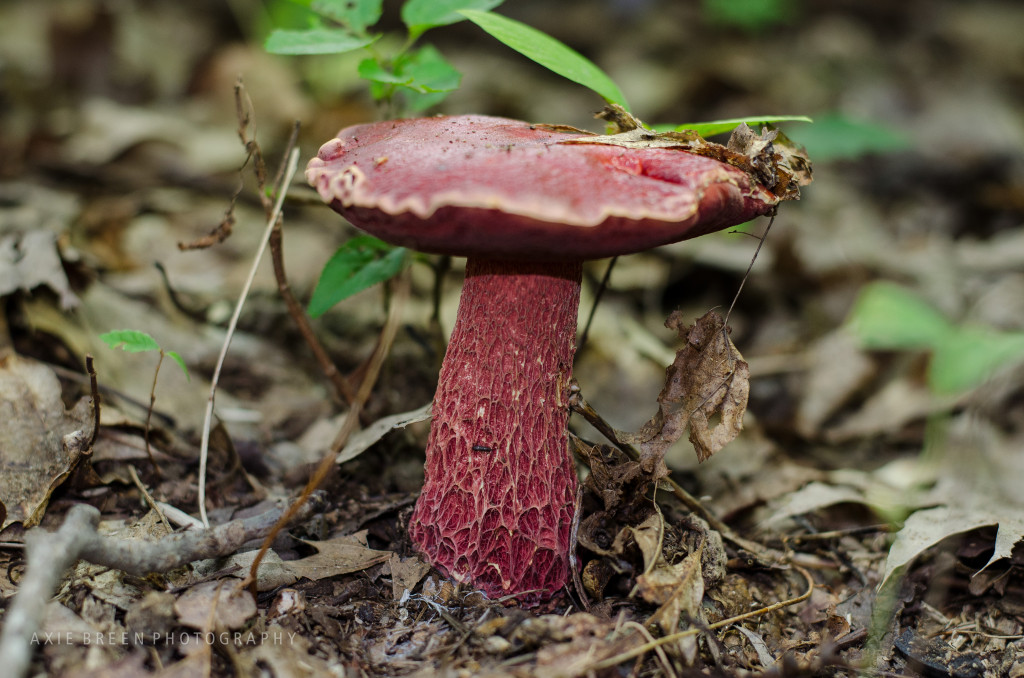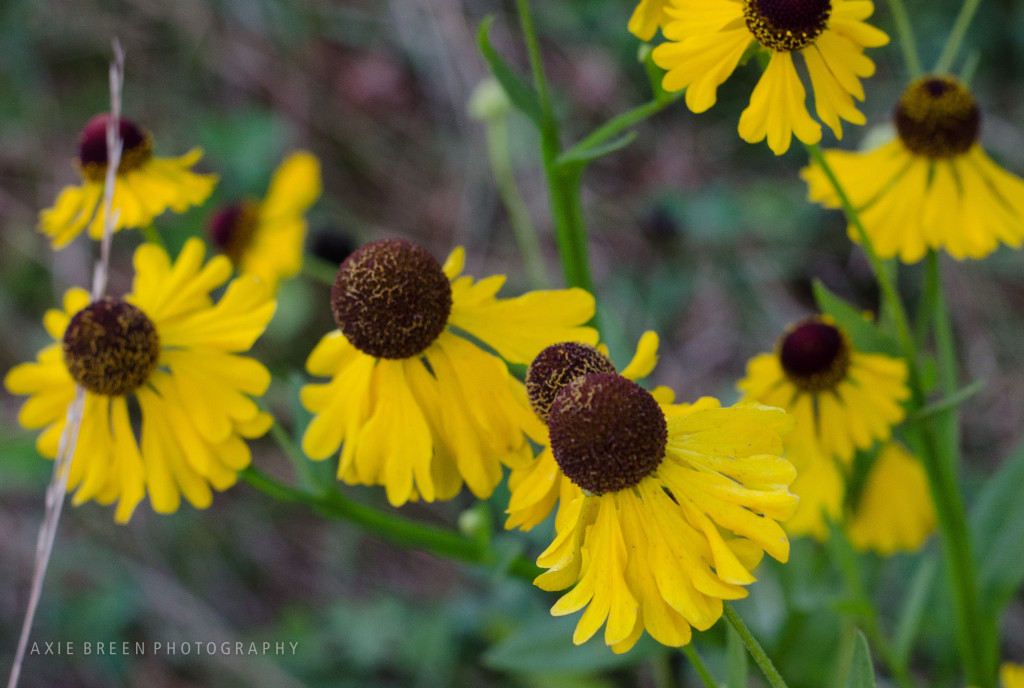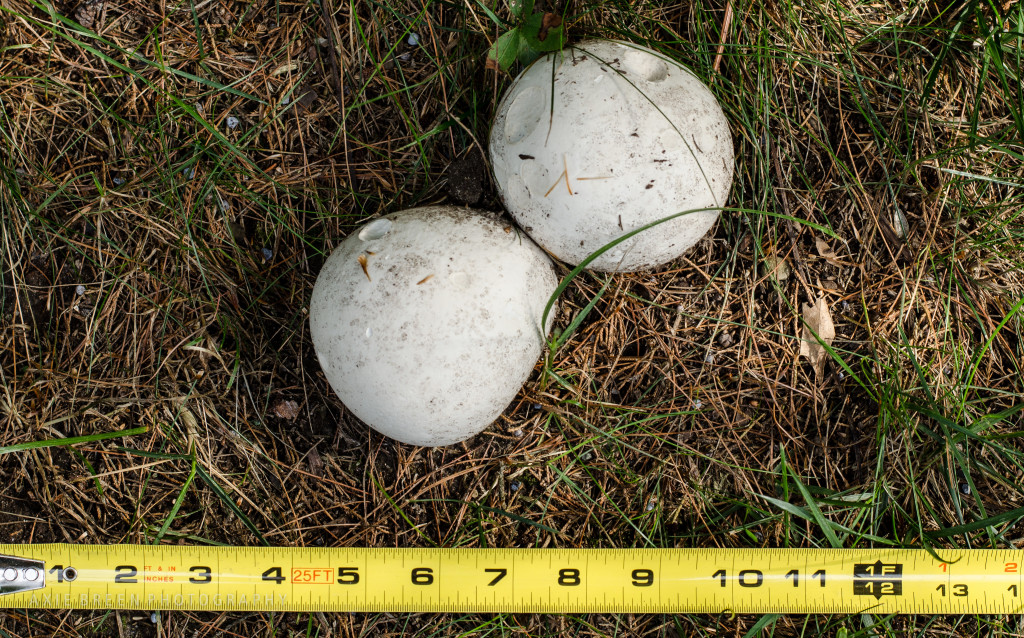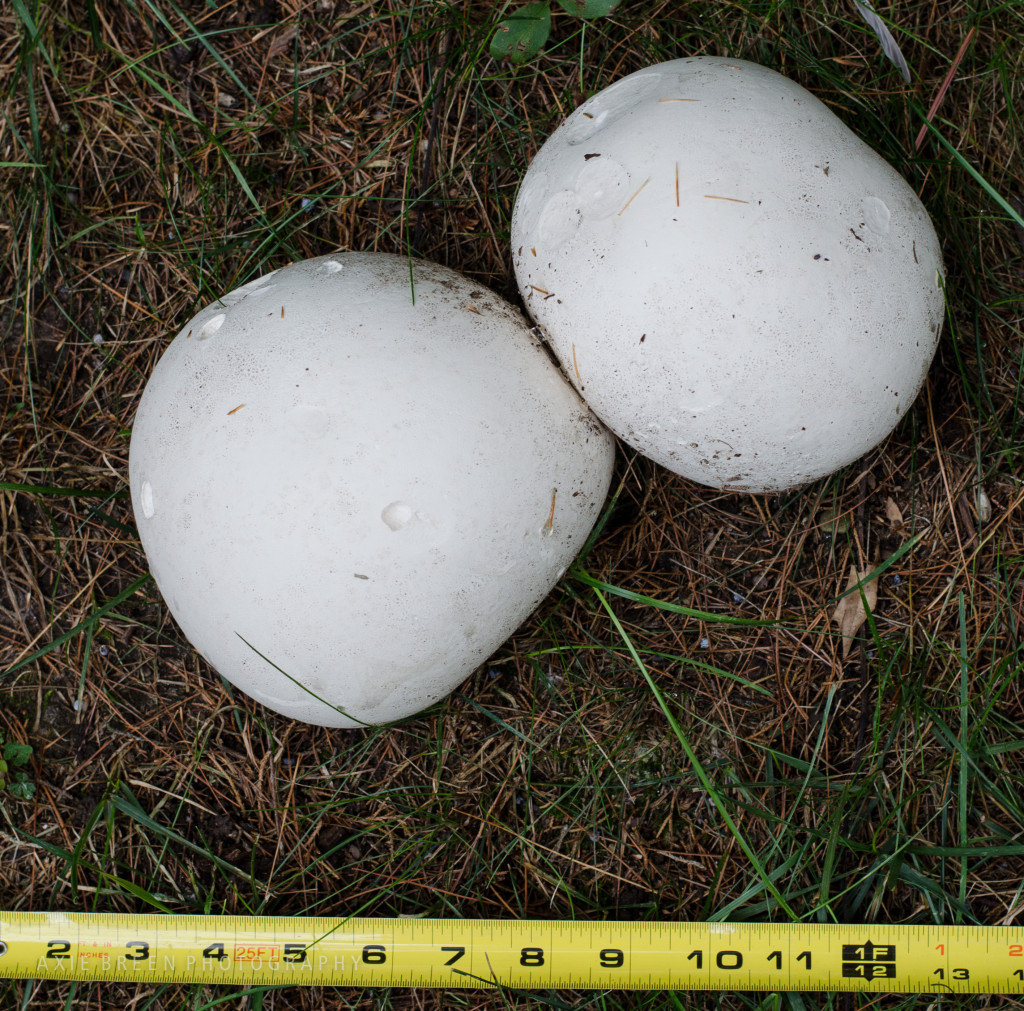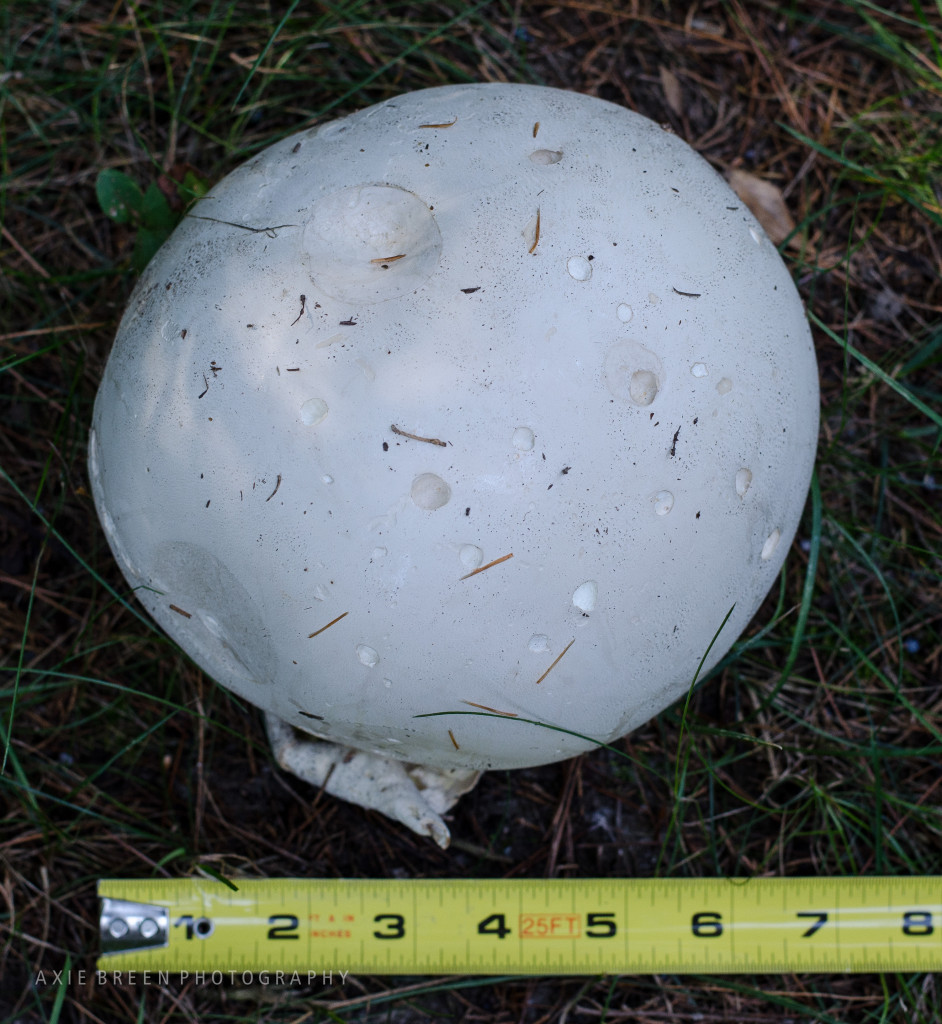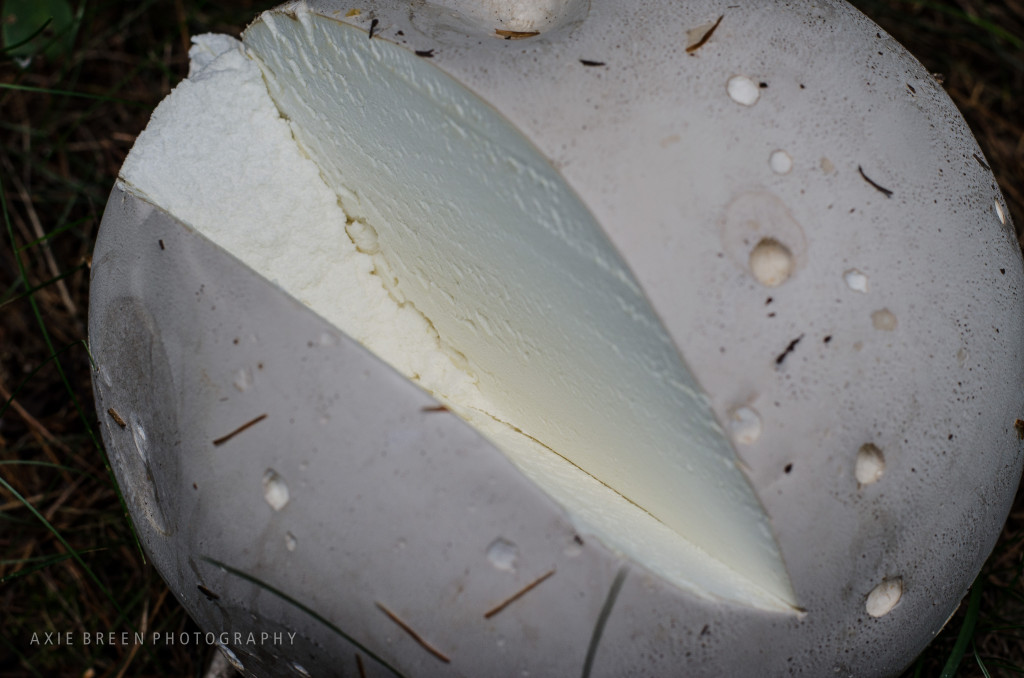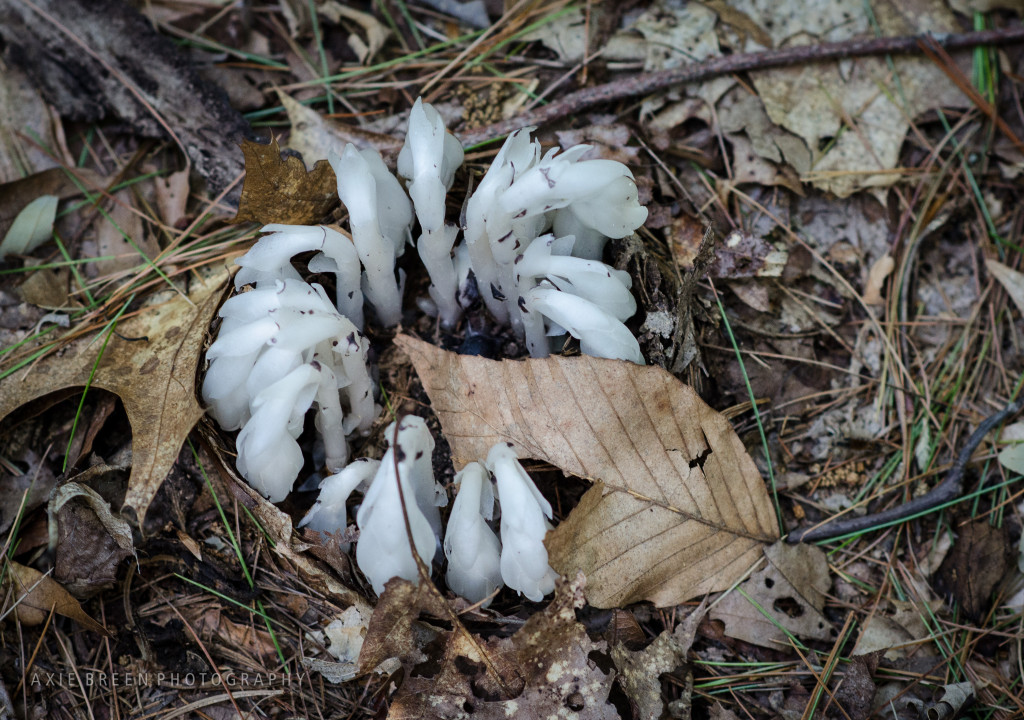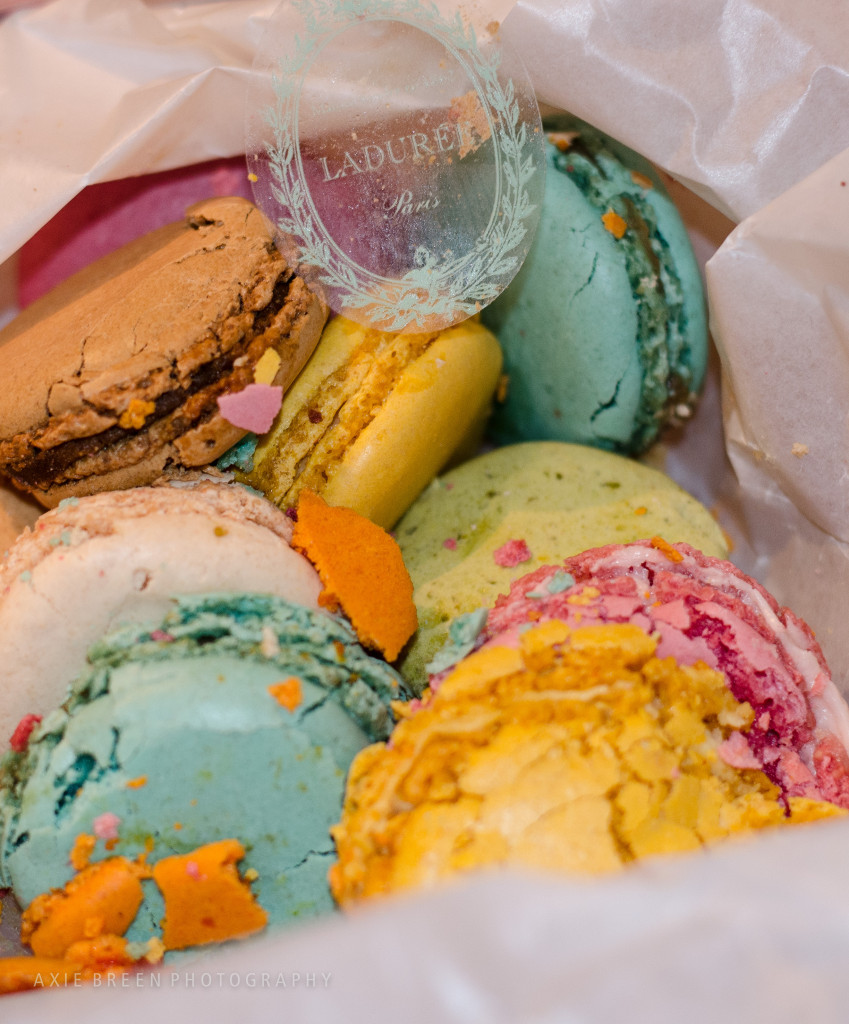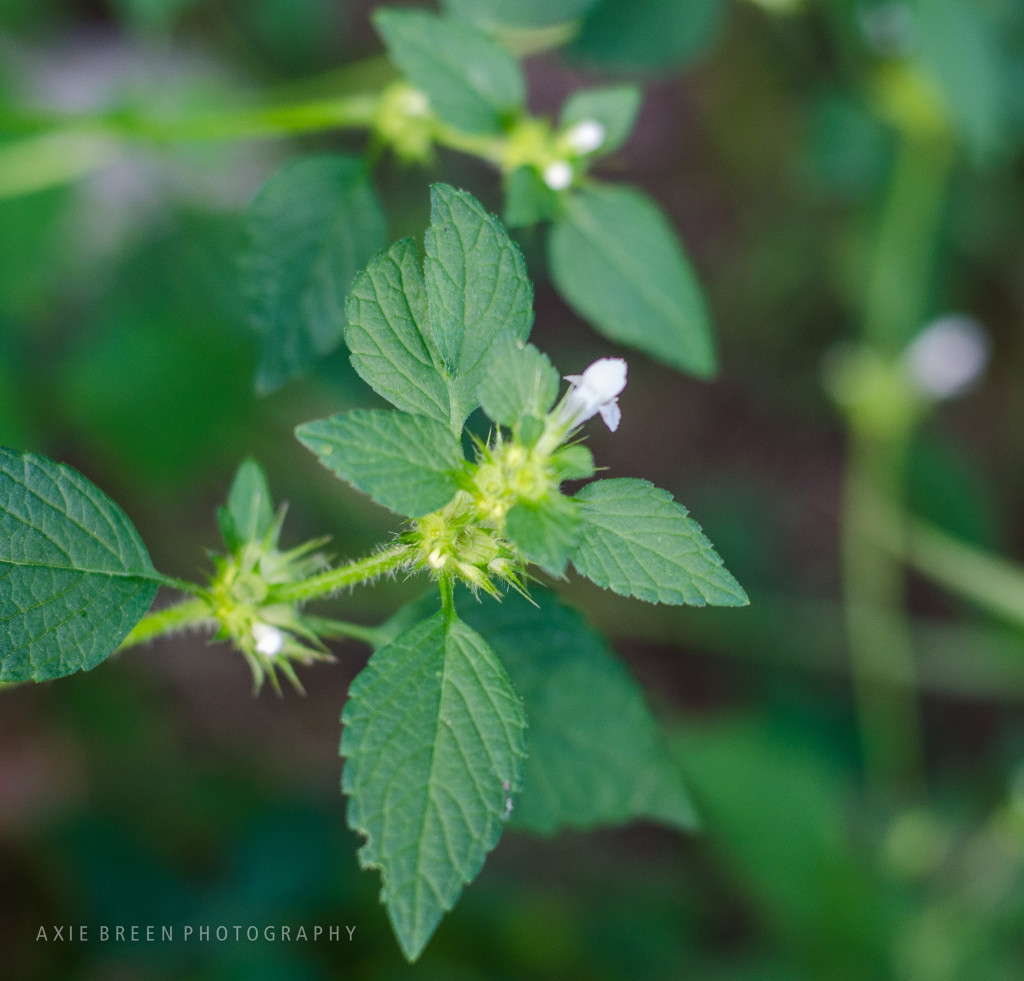 Still discovering wildflowers in my familiar haunts that I haven’t identified. This one has tiny, snapdragon-like blossoms. The most distinctive thing is the dense spiky whorls of blossoms growing in the axils– between the leaves, all up and down the stem. This is an annual, dependent on seed production to flourish, native to Europe and Asia. In the Mint family.
Still discovering wildflowers in my familiar haunts that I haven’t identified. This one has tiny, snapdragon-like blossoms. The most distinctive thing is the dense spiky whorls of blossoms growing in the axils– between the leaves, all up and down the stem. This is an annual, dependent on seed production to flourish, native to Europe and Asia. In the Mint family.
Hemp Nettle (Galeopsis tetrahit)
Bonus picture: There is a gentleman in our neighborhood who has transformed his suburban property into a delightful farm, with fruit trees and bees and all kinds of berries and vegetables. We stopped and bought some peaches off his front porch, and he gave us a short tour, including these elderberries. Describing how he cooked with the white flowers, and all the delicious things you could make with the berries. He has a passion for his plants.

